Home>Garden Essentials>How Many Seeds In A Watermelon
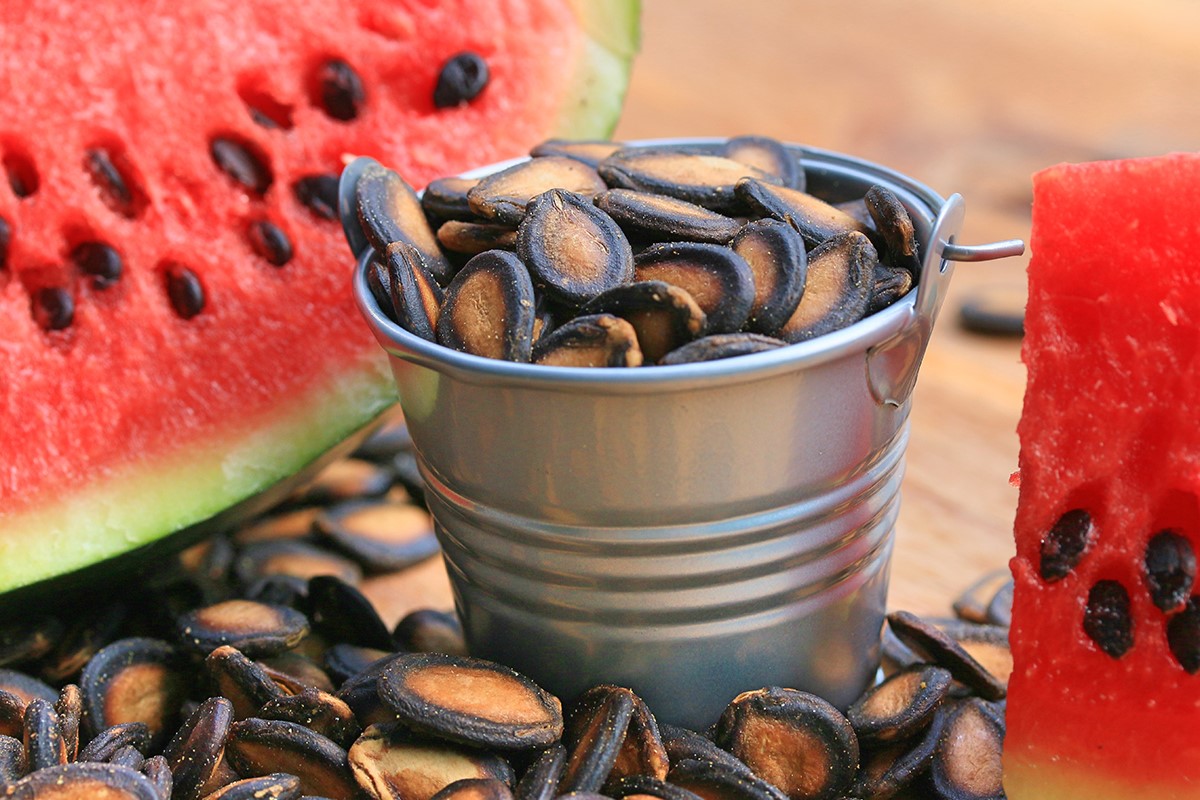

Garden Essentials
How Many Seeds In A Watermelon
Modified: August 23, 2024
Discover how to grow a bountiful garden with juicy watermelons. Learn how many seeds are typically found in a watermelon and start your gardening journey today.
(Many of the links in this article redirect to a specific reviewed product. Your purchase of these products through affiliate links helps to generate commission for Storables.com, at no extra cost. Learn more)
Introduction
Welcome to the wonderful world of watermelons! This juicy and refreshing fruit is a summertime favorite for many people. Bursting with sweet and hydrating pulp, it’s the perfect snack to beat the heat. But have you ever wondered how many seeds are hidden within this delicious fruit?
In this article, we will delve into the fascinating topic of how many seeds are typically found in a watermelon. From exploring the anatomy of a watermelon to debunking common myths about watermelon seeds, we will provide you with all the information you need to satisfy your curiosity. So grab a slice of watermelon and let’s get started!
Key Takeaways:
- Watermelon seed count varies based on factors like variety, pollination, and genetics. Myth: Swallowing a seed won’t grow a watermelon in your stomach. Enjoy the nutritious seeds and the refreshing fruit!
- To estimate watermelon seed count, choose a ripe fruit, extract the seeds, and organize them for counting. Different varieties have varying seed counts, so explore and enjoy the diversity!
Read more: How To Save Watermelon Seeds
The Anatomy of a Watermelon
Before we dive into the world of watermelon seeds, let’s take a moment to appreciate the unique anatomy of this delightful fruit. A watermelon belongs to the Cucurbitaceae family, which includes other fruits like cucumbers and pumpkins.
On the outside, a watermelon features a thick rind that can range in color from dark green to light green, depending on the variety. The rind serves as a protective barrier for the juicy flesh and seeds that lie within. These vibrant hues are a result of the presence of antioxidants called carotenoids.
When you cut open a watermelon, you are greeted with a burst of vibrant red, pink, or yellowish flesh. This succulent part of the fruit is made up of mostly water and is responsible for the refreshing taste that watermelons are known for. Interestingly, the flesh is also packed with essential vitamins and minerals, making it a nutritious choice.
And then, there are the seeds. These small, oval-shaped seeds are nestled within the flesh, usually near the center of the fruit. While the exact number of seeds can vary depending on various factors, such as the watermelon variety and growing conditions, it’s time to unravel the mystery and discover how many seeds are typically found in a watermelon.
Factors Affecting Seed Count
The number of seeds in a watermelon can be influenced by several factors. Understanding these factors can help to explain the variation in seed count from one watermelon to another. Let’s take a closer look at some of the key factors that affect seed count:
- Variety: Different watermelon varieties have varying seed characteristics. Some varieties are known to produce more seeds, while others are bred to be seedless. Seedless watermelons, for instance, are produced by crossbreeding plants with different chromosome numbers, resulting in a fruit that develops small, underdeveloped seeds or no seeds at all.
- Pollination: Watermelons are primarily bee-pollinated, and the presence of pollinators during the flowering stage can impact seed development. Adequate pollination ensures healthy seed production, while poor pollination may result in fewer developed seeds.
- Cultivation techniques: Factors such as the quality of soil, nutrient availability, and water management practices can influence the overall health and development of a watermelon plant. Optimal conditions for growth can contribute to better seed production.
- Harvest timing: The stage at which a watermelon is harvested can also impact the seed count. If a watermelon is harvested too early, the seeds may not have fully developed. On the other hand, an overripe watermelon may have seeds that are well-developed but are starting to lose viability.
- Genetics: The genetics of a watermelon plant play a significant role in seed production. Just like any other living organism, watermelon plants inherit traits from their parent plants, including seed production. Some plants are genetically predisposed to produce more seeds than others.
It’s important to remember that while these factors can influence seed count, there is still some natural variation from fruit to fruit. So, don’t be surprised if you find slightly different seed counts even within the same variety of watermelon.
Common Myths About Watermelon Seeds
Watermelon seeds have long been the subject of myths and misconceptions. Let’s take a moment to debunk some of the most common myths surrounding watermelon seeds:
- Myth 1: Eating watermelon seeds will cause a watermelon to grow in your stomach: This is perhaps the most well-known myth about watermelon seeds. Rest assured, swallowing a watermelon seed will not result in a watermelon sprouting in your stomach. Our digestive system breaks down and processes consumed seeds just like any other food.
- Myth 2: Watermelon seeds are harmful to your health: On the contrary, watermelon seeds are packed with nutrients. They contain healthy fats, protein, fiber, and various vitamins and minerals. In fact, roasted watermelon seeds are a popular snack in some cultures.
- Myth 3: Watermelon seeds are always easy to eat: While some watermelon seeds are small and soft, others can be larger and tougher to chew. The seed characteristics can vary depending on the variety of watermelon. Seedless watermelons, as the name suggests, have significantly reduced seed content, making them easier to eat.
- Myth 4: All watermelons have the same number of seeds: The seed count in a watermelon can vary depending on multiple factors, including variety, pollination, cultivation practices, and genetics. Each watermelon is unique, which means that the number of seeds can differ from fruit to fruit.
- Myth 5: Watermelon seeds are tasteless: While the taste of watermelon seeds is subtle, some people actually enjoy the nutty flavor they impart. Roasting the seeds can enhance their nuttiness and make them even more enjoyable to eat.
It’s important to separate fact from fiction when it comes to watermelon seeds. So, feel free to enjoy them as part of your watermelon-eating experience, knowing that they are not only safe to consume but also offer some nutritional benefits.
The number of seeds in a watermelon can vary depending on the variety, but on average, a watermelon can have around 200-800 seeds.
The Process of Counting Watermelon Seeds
Counting watermelon seeds may seem like a daunting task, especially considering that a single watermelon can contain hundreds or even thousands of seeds. However, with a systematic approach, it’s possible to estimate the seed count. Here’s a general process for counting watermelon seeds:
- Prepare a ripe watermelon: Choose a fully ripe watermelon for counting seeds. A ripe watermelon will have a vibrant color, a hollow sound when tapped, and a sweet aroma.
- Cut the watermelon: Use a sharp knife to cut the watermelon in half lengthwise or into several smaller pieces, depending on your preference.
- Extract the seeds: Carefully scoop out the seeds from the flesh. You may use a spoon or your fingers to remove them. It’s important to handle the seeds gently to avoid damaging them.
- Separate the seeds from the flesh: Once you have extracted the seeds, gently separate them from any attached flesh or pulp. You can do this by rinsing the seeds under running water or patting them dry with a clean towel.
- Organize the seeds for counting: Arrange the seeds in a methodical manner, such as spreading them out on a clean surface or grouping them into smaller batches. This will make it easier to count them accurately.
- Estimate the seed count: Begin counting the seeds, either one by one or in small groups, depending on your preference. As you count, keep track of the number of seeds using a pen and paper or a digital device.
- Calculate the average: If you want to determine the average seed count for a specific watermelon variety or size, repeat the counting process with multiple watermelons. Then, add up the total seed count and divide it by the number of watermelons counted.
Remember, the process of counting watermelon seeds is not an exact science and can vary depending on individual preferences and techniques. The main goal is to estimate the seed count and gain a general idea of the seed quantity within a watermelon.
Now that you understand the process, grab a watermelon and embark on the exciting journey of seed counting!
Read more: How To Grow A Watermelon From A Seed
Average Seed Count in Different Watermelon Varieties
Watermelon varieties can display significant differences in seed count. While some varieties are known for abundant seeds, others are specifically bred to be seedless. Here are a few popular watermelon varieties and their average seed count:
- Black Diamond: Black Diamond watermelons are renowned for their large size and deep red flesh. This variety typically contains around 400 to 500 seeds per fruit.
- Sugar Baby: Sugar Baby watermelons are a smaller-sized variety with a sweet, juicy taste. These melons usually have an average seed count ranging from 200 to 300 seeds per fruit.
- Crimson Sweet: Crimson Sweet watermelons are a classic favorite, known for their vibrant red flesh and sweet flavor. On average, this variety contains approximately 300 to 400 seeds per fruit.
- Seedless Varieties: Seedless watermelon varieties, such as the popular Sugar Baby Seedless and Crimson Sweet Seedless, have been bred to produce little to no seeds. Instead, they may contain very small, underdeveloped seeds that are barely noticeable.
- Orangeglo: Orangeglo watermelons are unique because of their orange-fleshed interior. These melons typically have a moderate seed count, ranging from 200 to 300 seeds per fruit.
- Jubilee: Jubilee watermelons are known for their large size and sweet, juicy flavor. They usually contain around 350 to 450 seeds per fruit.
It’s important to note that the seed count can still vary within each variety, as it depends on factors like pollination and cultivation techniques. Additionally, seedless watermelon varieties can occasionally produce a few fully developed seeds, although in very small quantities.
Whether you prefer watermelons with abundant seeds or enjoy the convenience of seedless varieties, there’s a watermelon out there to suit your taste buds. So, the next time you bite into a juicy slice of watermelon, take a moment to appreciate the unique seed count of the variety you’re enjoying.
Tips for Maximizing Seed Count in Watermelons
If you’re curious about maximizing the seed count in your watermelons, whether for gardening purposes or simply out of interest, there are a few tips you can follow. While it’s important to keep in mind that genetic factors largely determine seed production, these tips can help create conditions favorable for optimal seed development. Here are some ways to potentially maximize the seed count in your watermelons:
- Choose fertile varieties: Some watermelon varieties naturally produce more seeds than others. When selecting watermelon seeds or transplants, choose varieties known for higher seed counts.
- Promote pollination: Adequate pollination is crucial for healthy seed development. Encourage pollinators, such as bees, to visit your watermelon plants by growing pollinator-friendly flowers nearby or using techniques like hand pollination.
- Provide optimal growing conditions: Ensure your watermelon plants have access to proper sunlight, water, and nutrients. Adequate fertilization and proper soil moisture can contribute to healthy plant growth and seed development.
- Practice proper spacing: Give your watermelon plants enough space to grow and spread out. Crowded plants may not receive adequate airflow, which can negatively impact pollination and seed development.
- Monitor for pests and diseases: Pests and diseases can affect the overall health of your watermelon plants, potentially impacting seed production. Regularly inspect and treat your plants to prevent or address any issues that arise.
- Harvest at the right time: Timing is important when it comes to harvesting watermelons for maximum seed development. Harvest too early, and the seeds may not be fully developed. Harvest too late, and the seeds may begin to lose viability.
- Save seeds from the best fruits: If you’re interested in collecting seeds for future planting, choose the best-quality fruits with fully developed seeds. Harvest the seeds, clean and dry them properly, and store them in a cool, dry place for future use.
While implementing these tips may not guarantee a drastic increase in seed count, they can potentially create a more favorable environment for seed development in your watermelons. Experimentation and observation are key to finding what works best for your specific growing conditions.
Remember, watermelons are delightful fruits regardless of their seed count. Whether you enjoy the abundant seeds or prefer the convenience of seedless varieties, the joy of biting into a juicy slice of watermelon remains the same!
Conclusion
Watermelons are not just a delicious and refreshing fruit, but they also hold a fascinating world of seeds within. While the number of seeds in a watermelon can vary based on factors like variety, pollination, genetics, and cultivation practices, exploring the seed count can be an exciting endeavor.
Although myths and misconceptions often surround watermelon seeds, it’s important to separate fact from fiction. Swallowing a watermelon seed will not cause a watermelon to grow in your stomach, and watermelon seeds can actually be a nutritious and enjoyable snack.
Counting watermelon seeds can be a fun activity for those curious about the inner workings of this juicy fruit. By following a systematic process and understanding the factors that affect seed count, you can estimate the number of seeds present in a watermelon and gain a better appreciation for its intricate anatomy.
Whether you prefer watermelons with abundant seeds or enjoy the convenience of seedless varieties, there is a watermelon out there to suit your taste. Each variety offers a unique experience, from the large, seed-filled fruits to the small, seedless wonders.
So the next time you bite into a slice of watermelon, take a moment to ponder the seed count and marvel at the intricate balance of nature that gives rise to these delicious fruits. Whether you’re enjoying a backyard barbecue or picnicking at the park, watermelons with their hidden seeds are a true symbol of summer and a joy to savor.
Curious about nurturing plants from scratch? Grasping the timeline from planting seeds to sprout is crucial. Dive into our detailed guide on seed germination to master the art. On another note, sprucing up your garden isn't just about planting; it's also about styling. Whether you have a modest patio or sprawling backyard, our collection of garden fence ideas offers creative solutions that blend function with aesthetics. Ready to transform your green space? Check out our innovative fencing options today!
Frequently Asked Questions about How Many Seeds In A Watermelon
Was this page helpful?
At Storables.com, we guarantee accurate and reliable information. Our content, validated by Expert Board Contributors, is crafted following stringent Editorial Policies. We're committed to providing you with well-researched, expert-backed insights for all your informational needs.
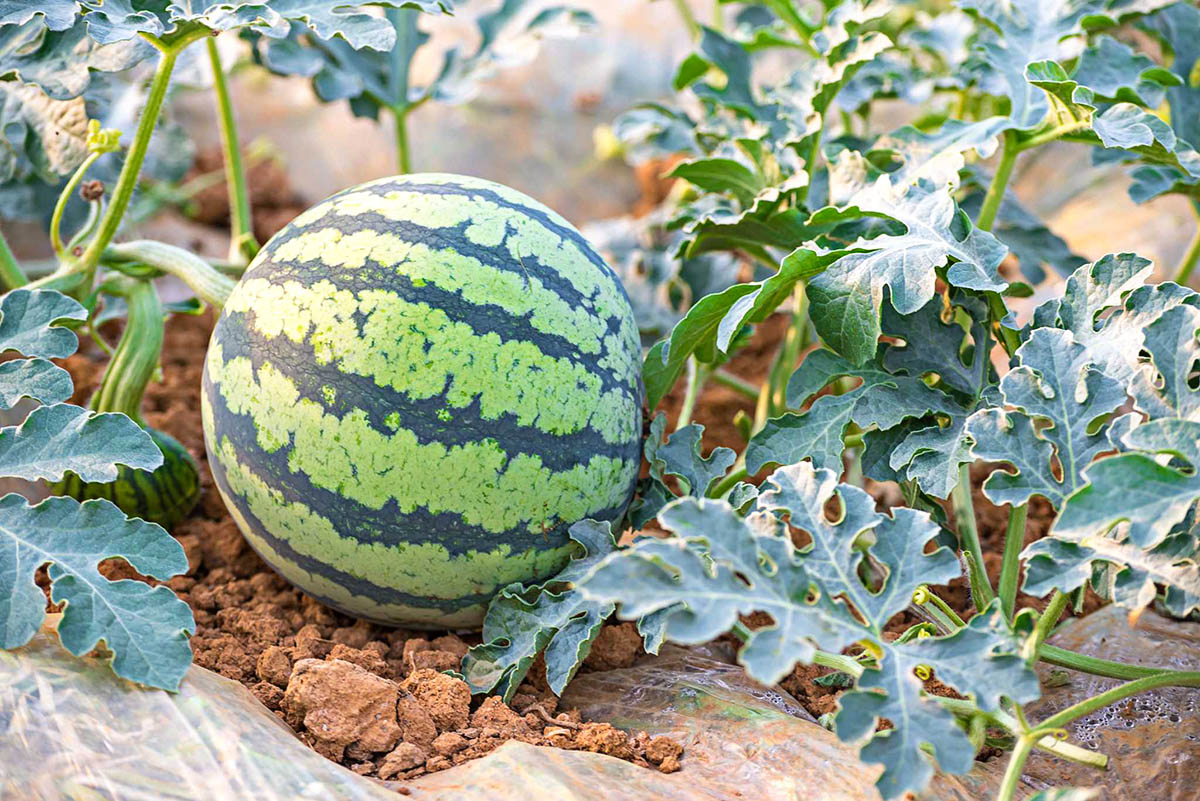
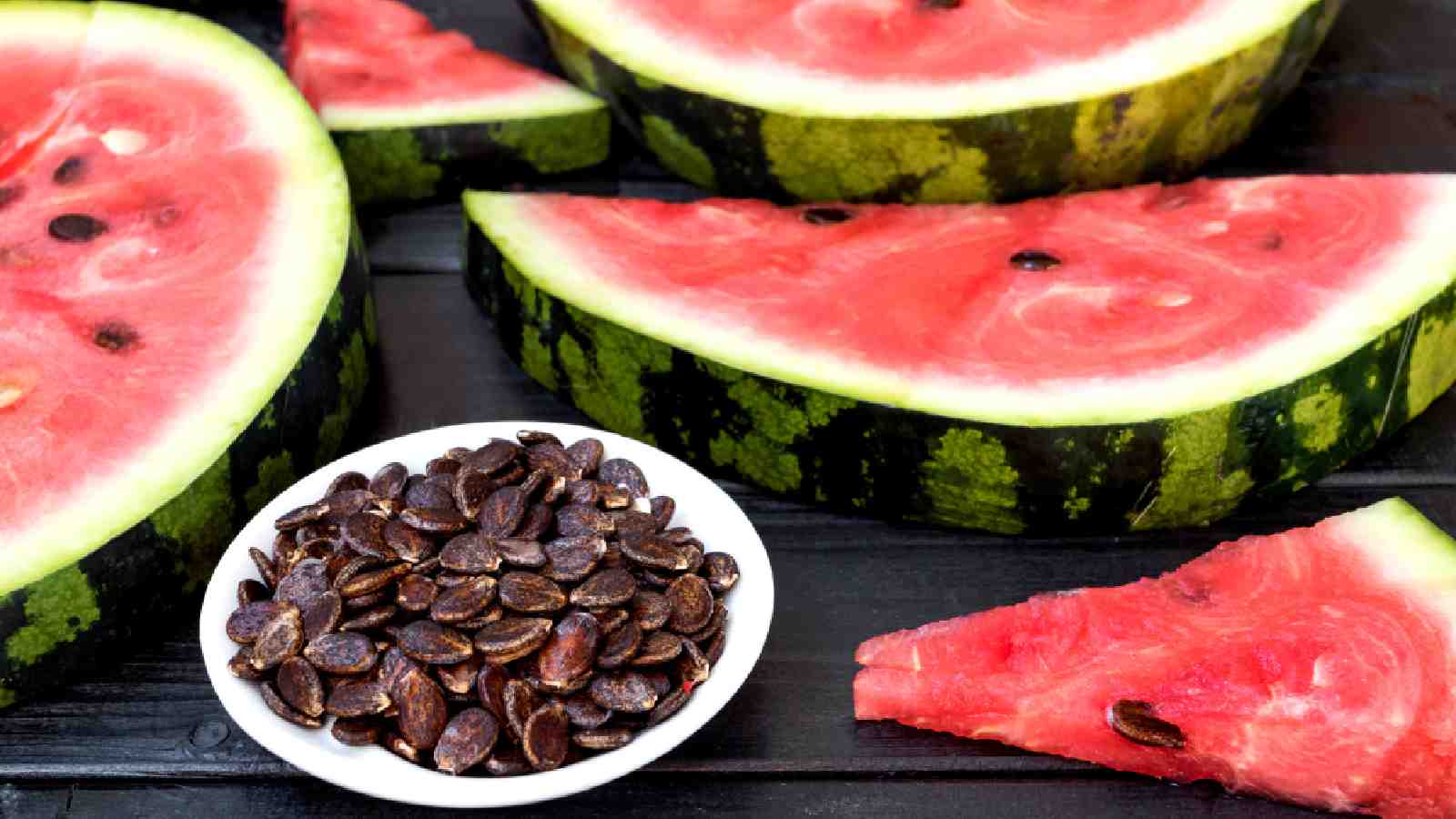
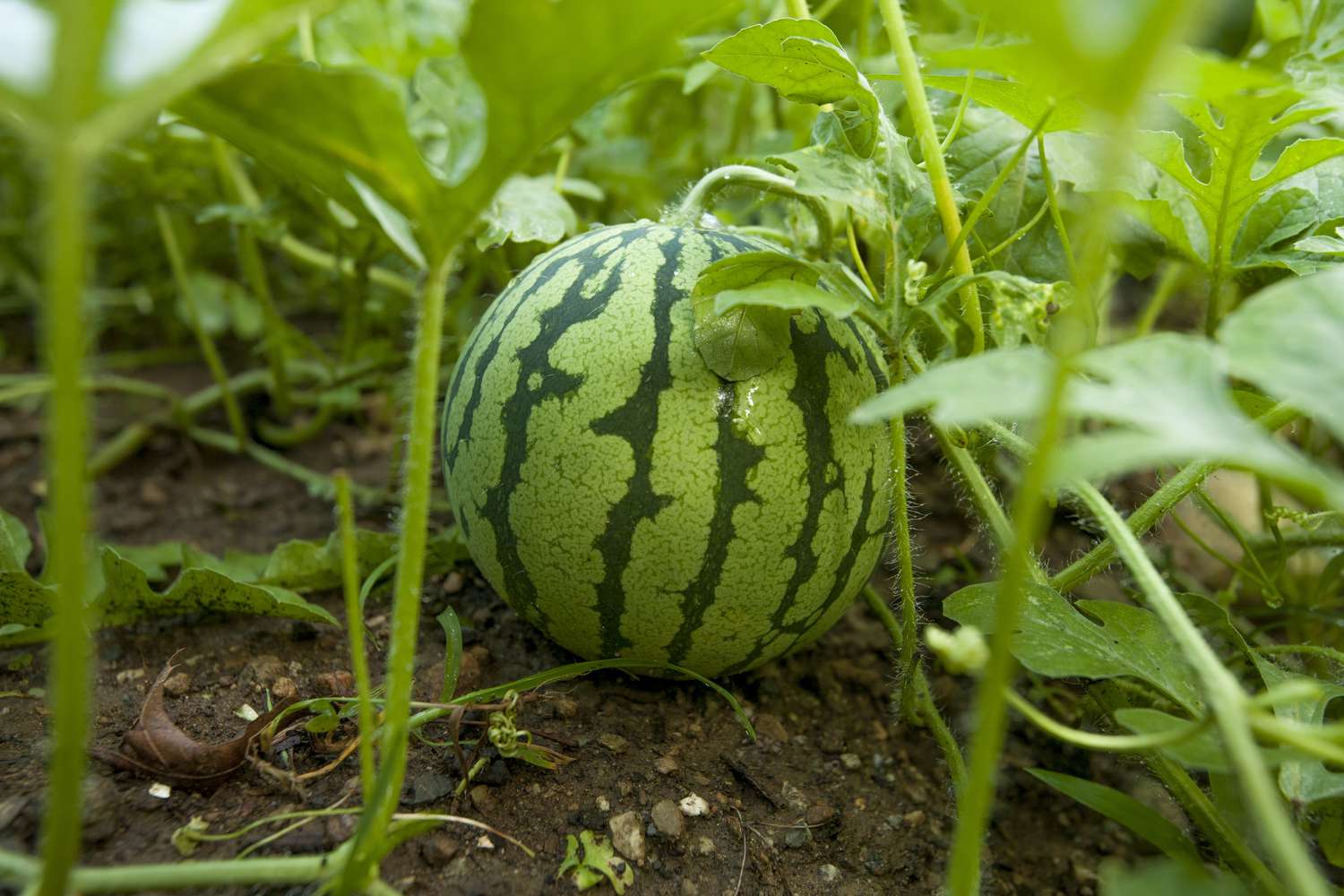
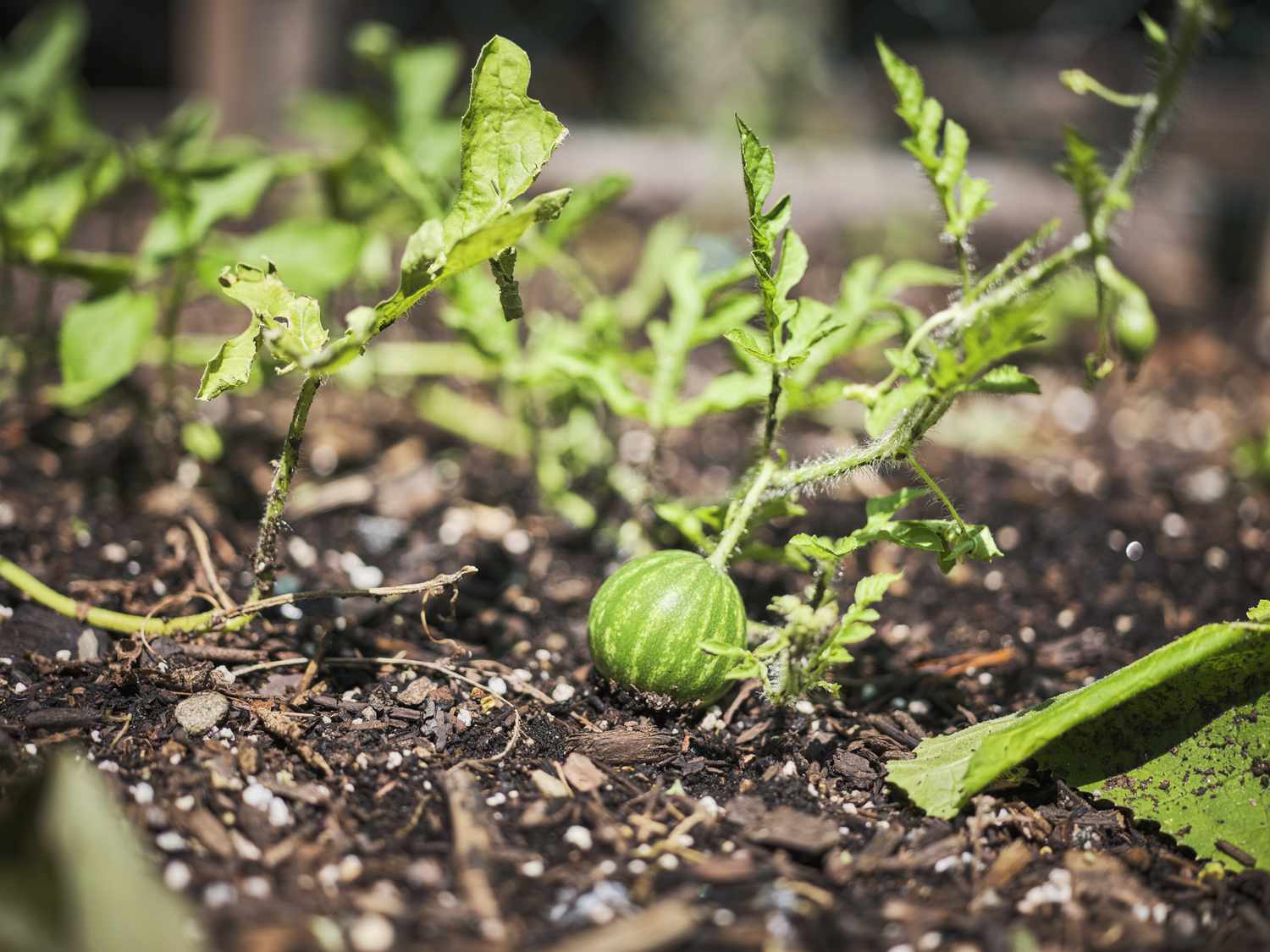
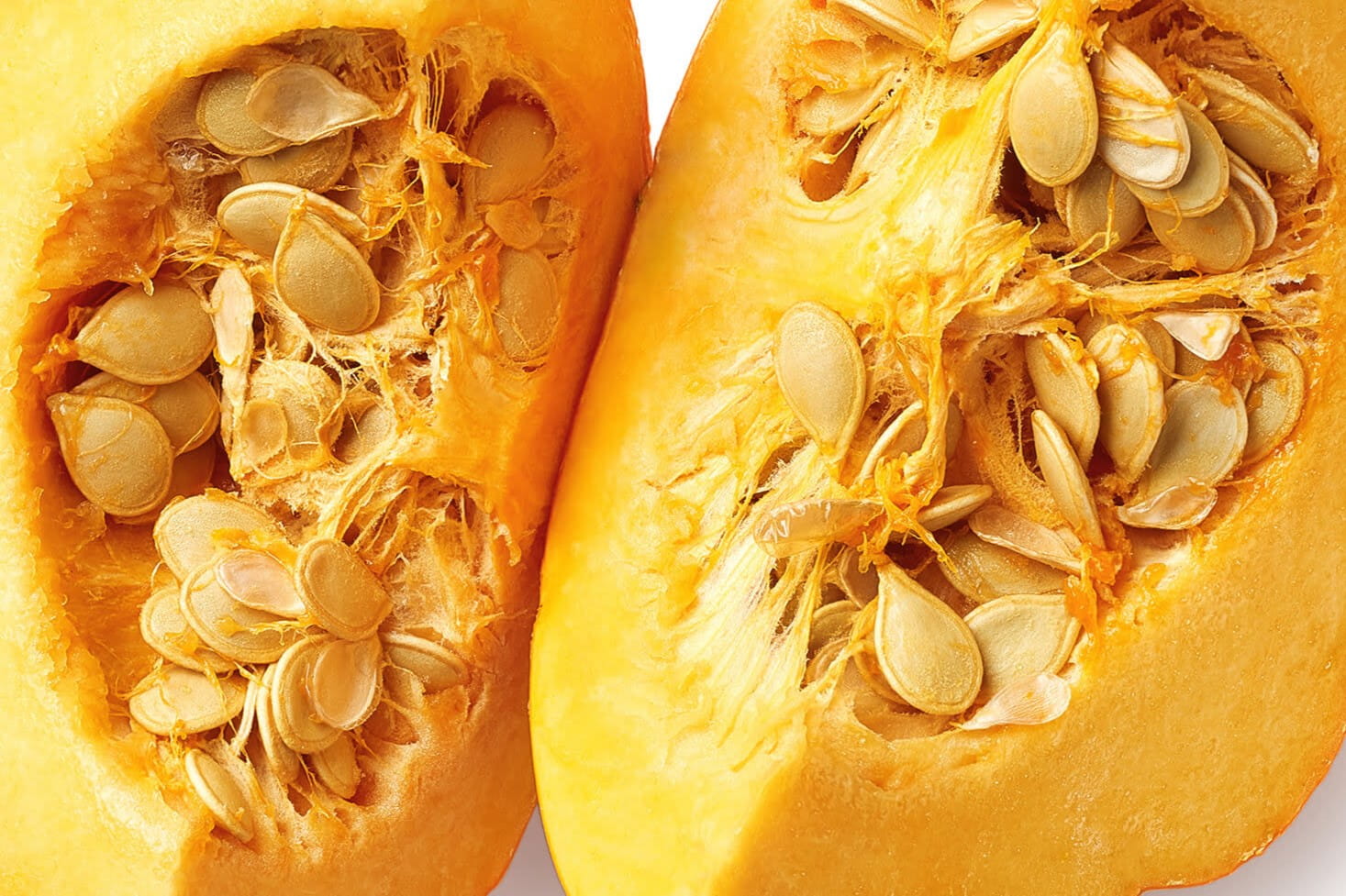
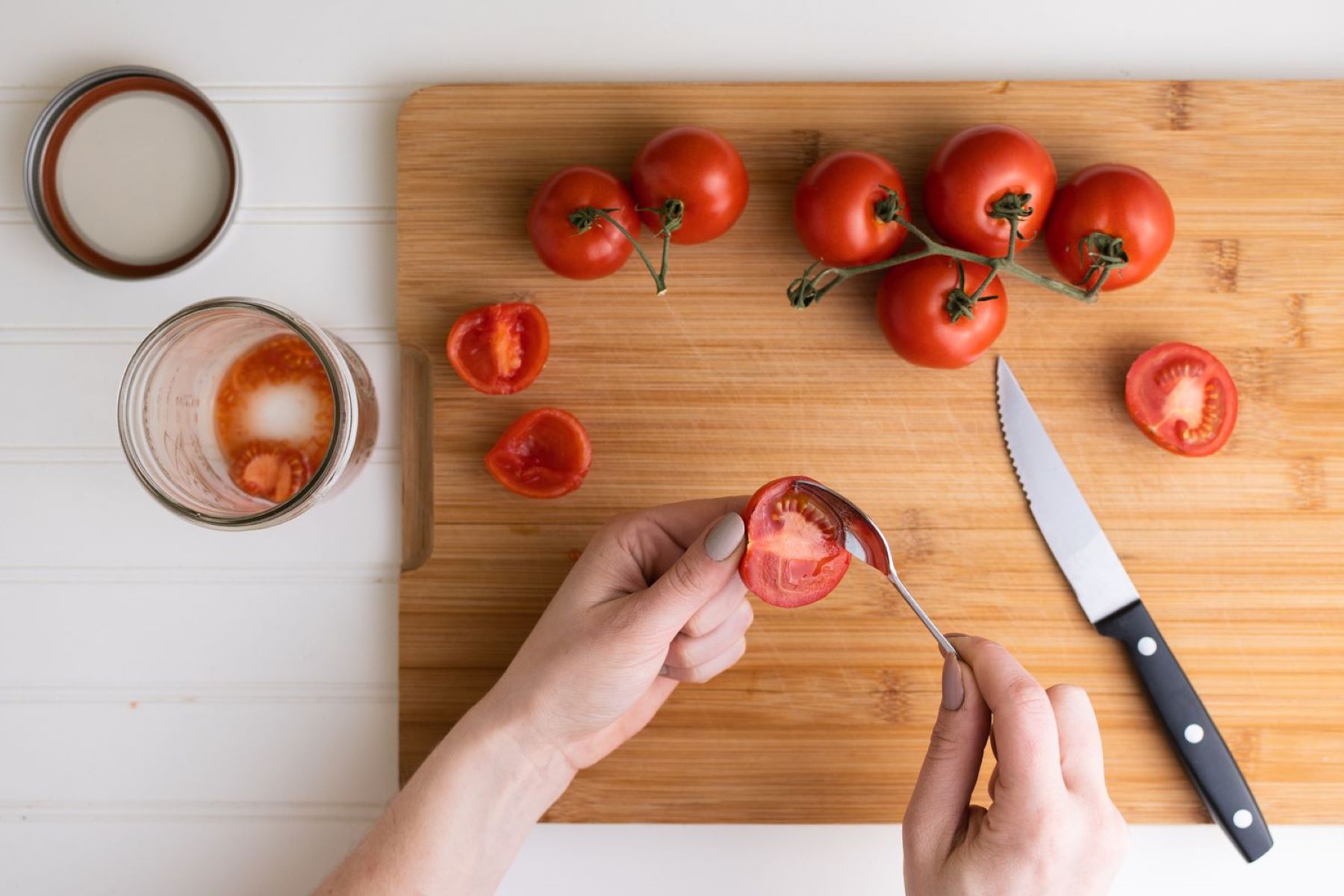
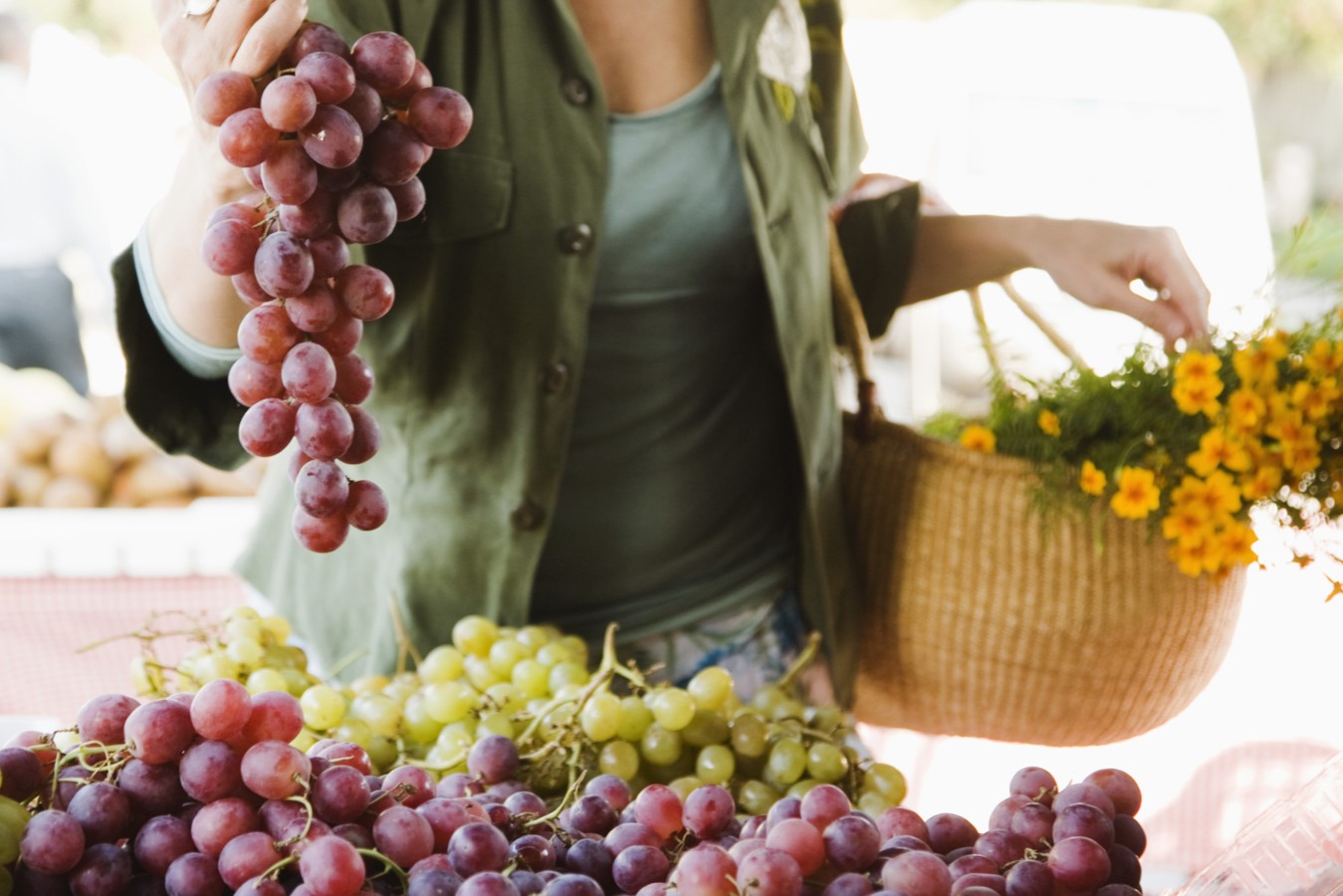
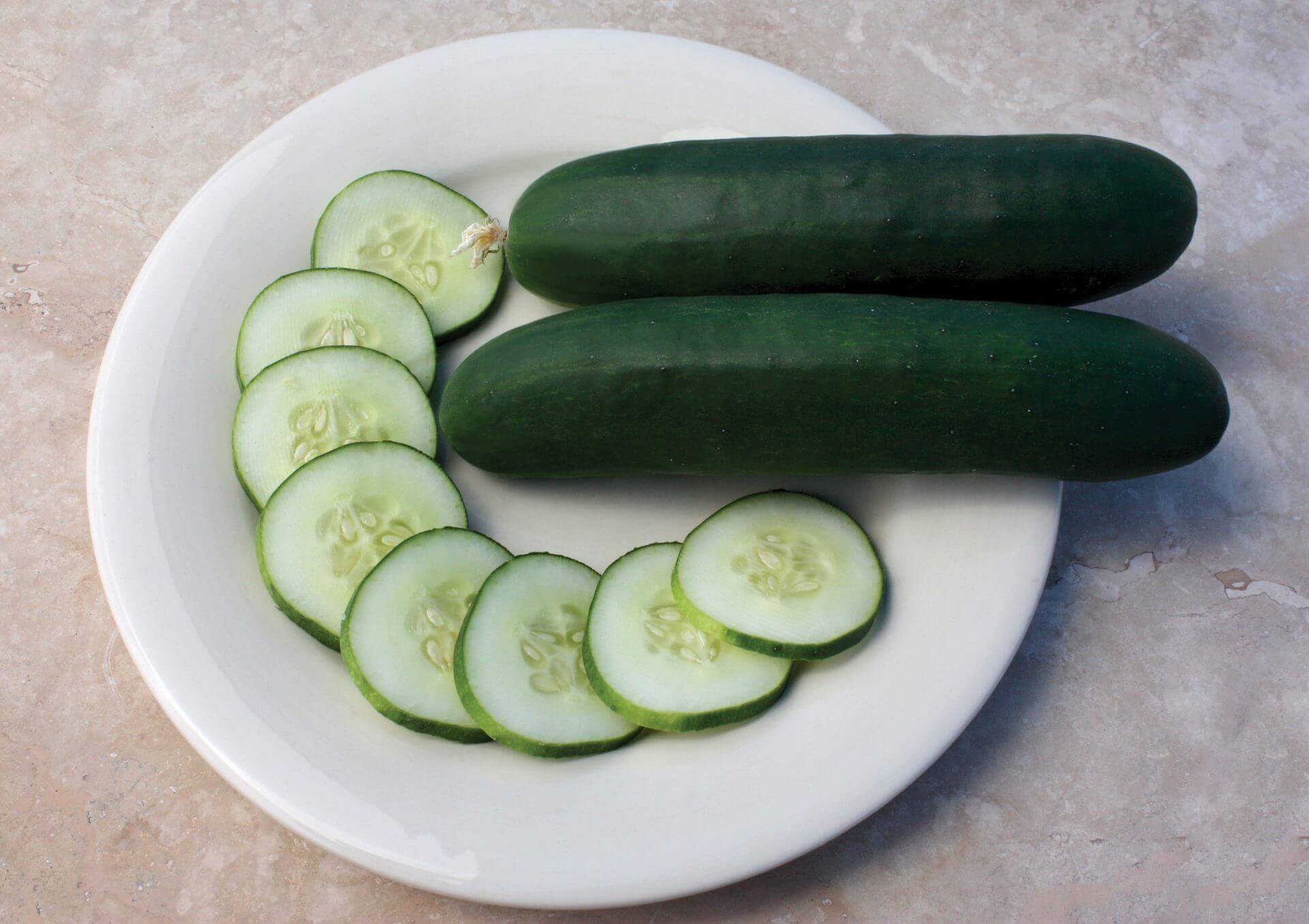
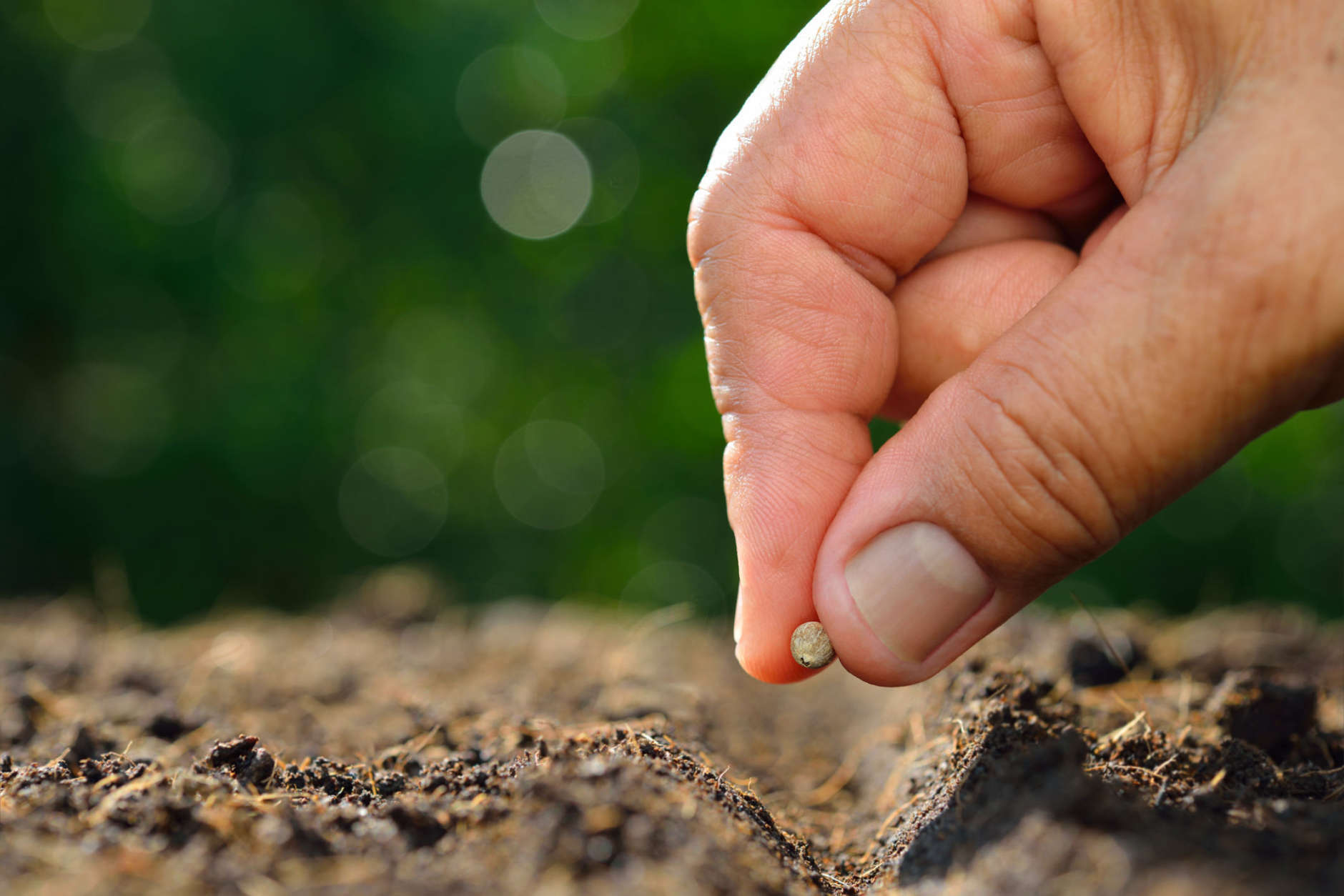
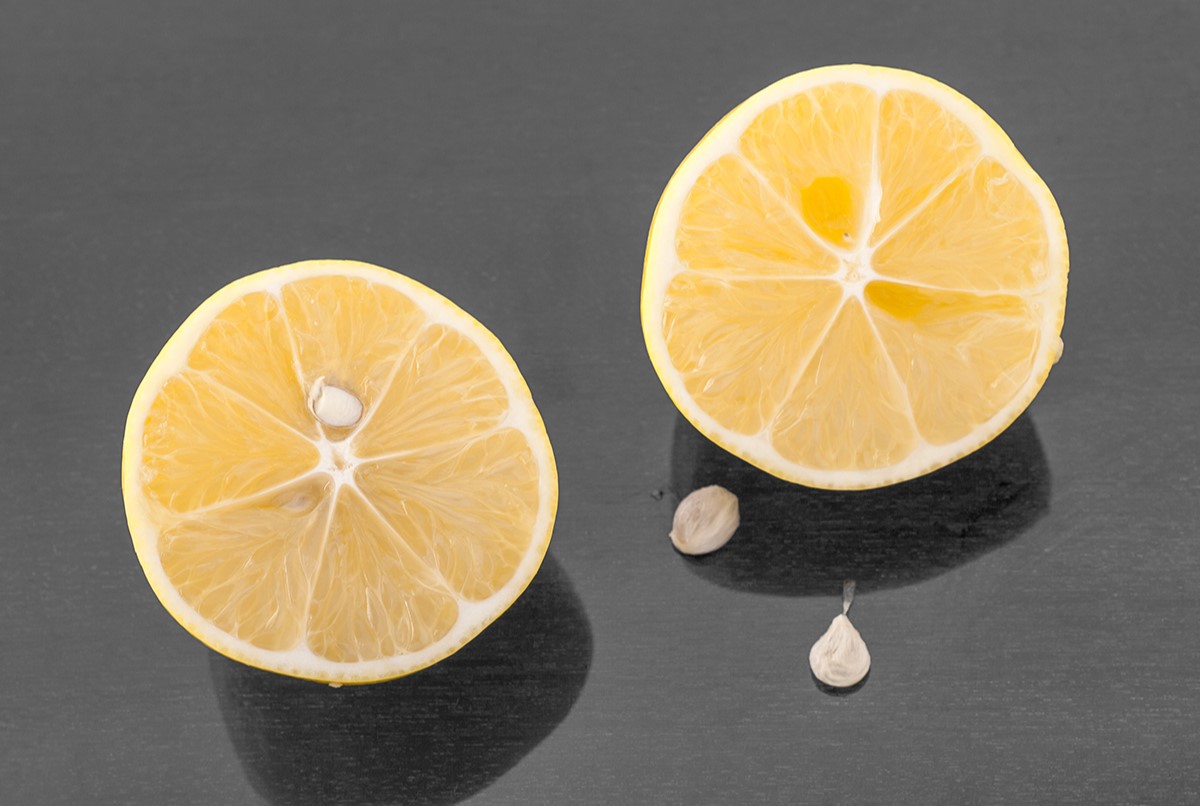
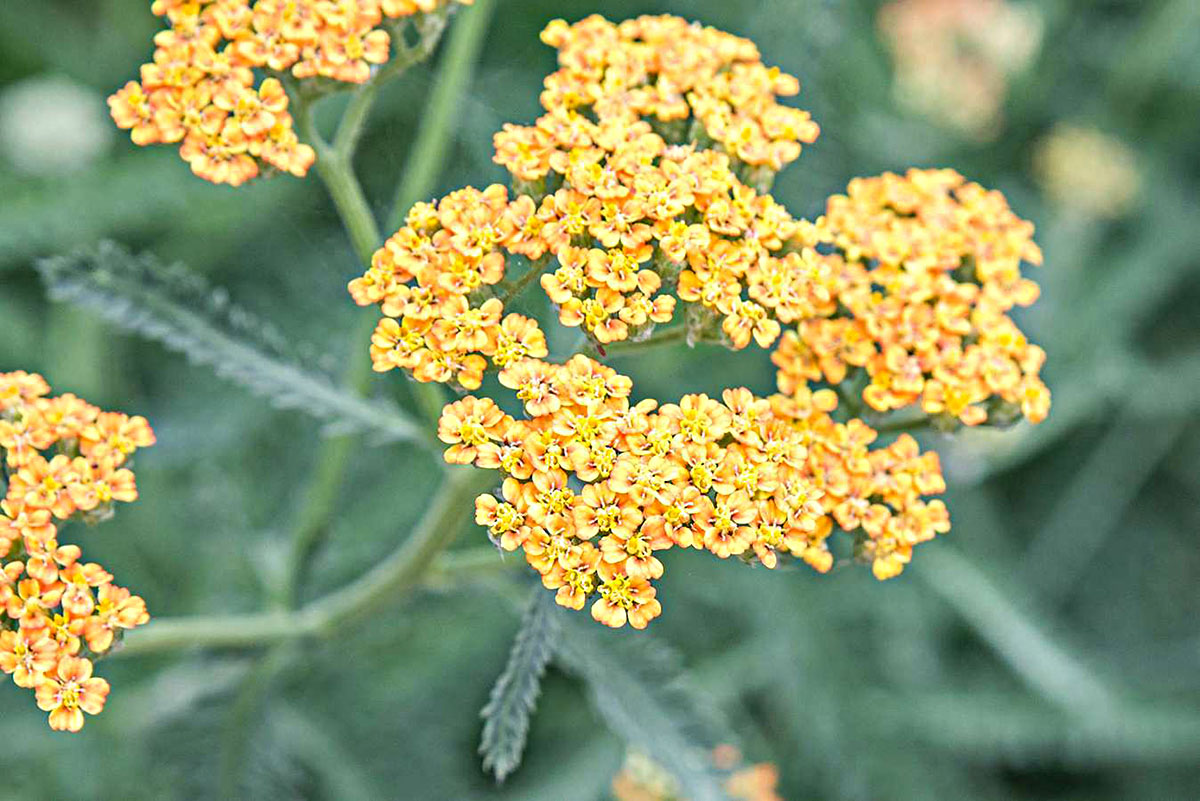
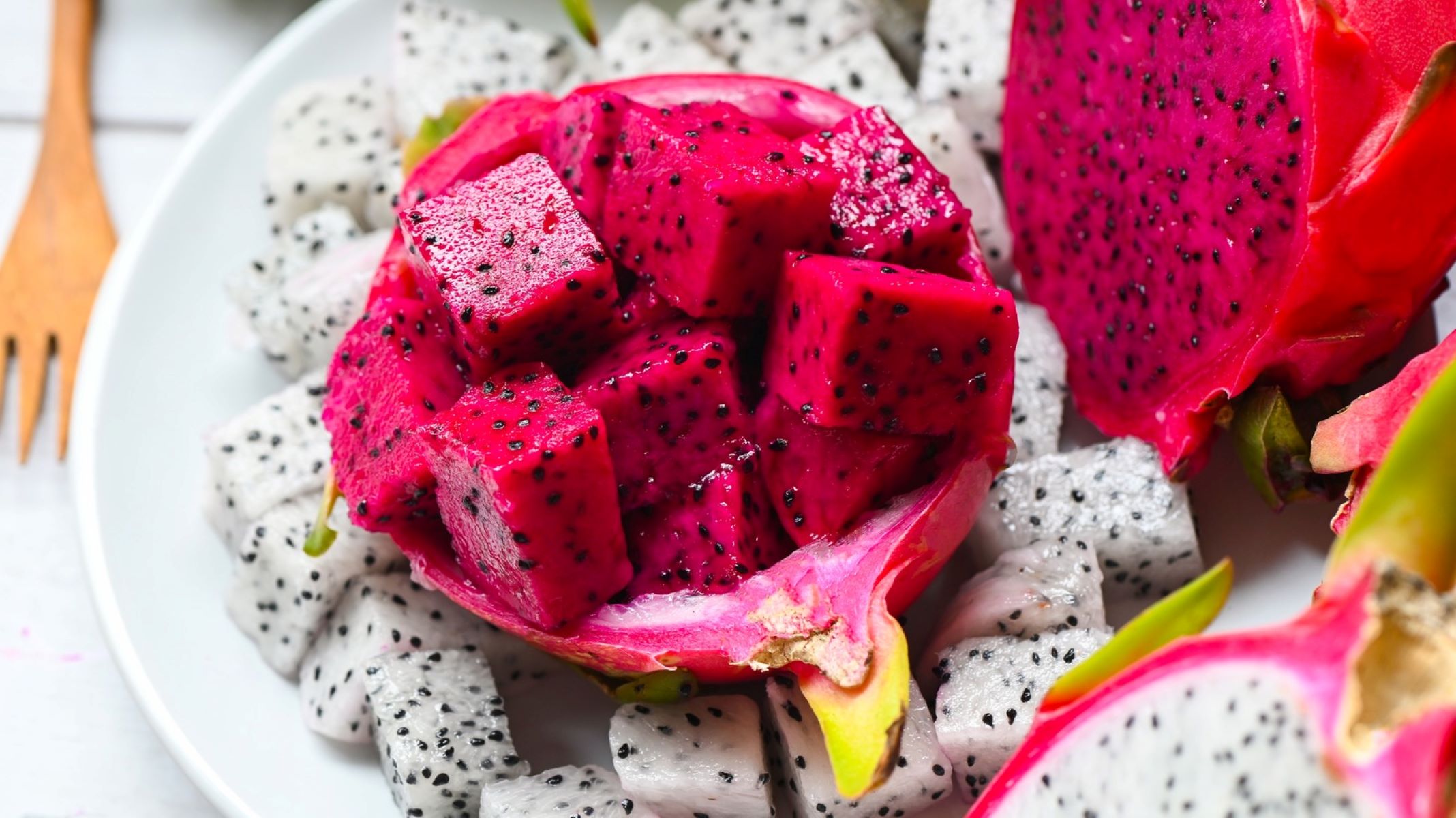
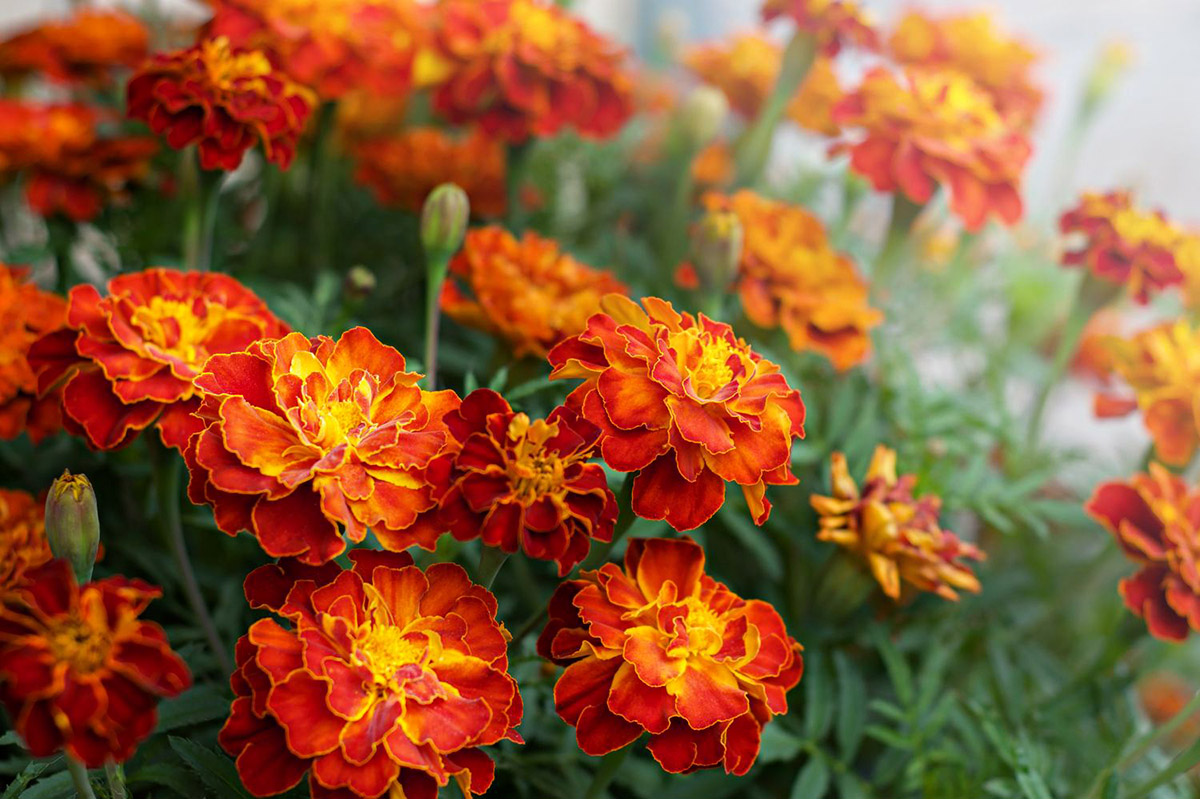
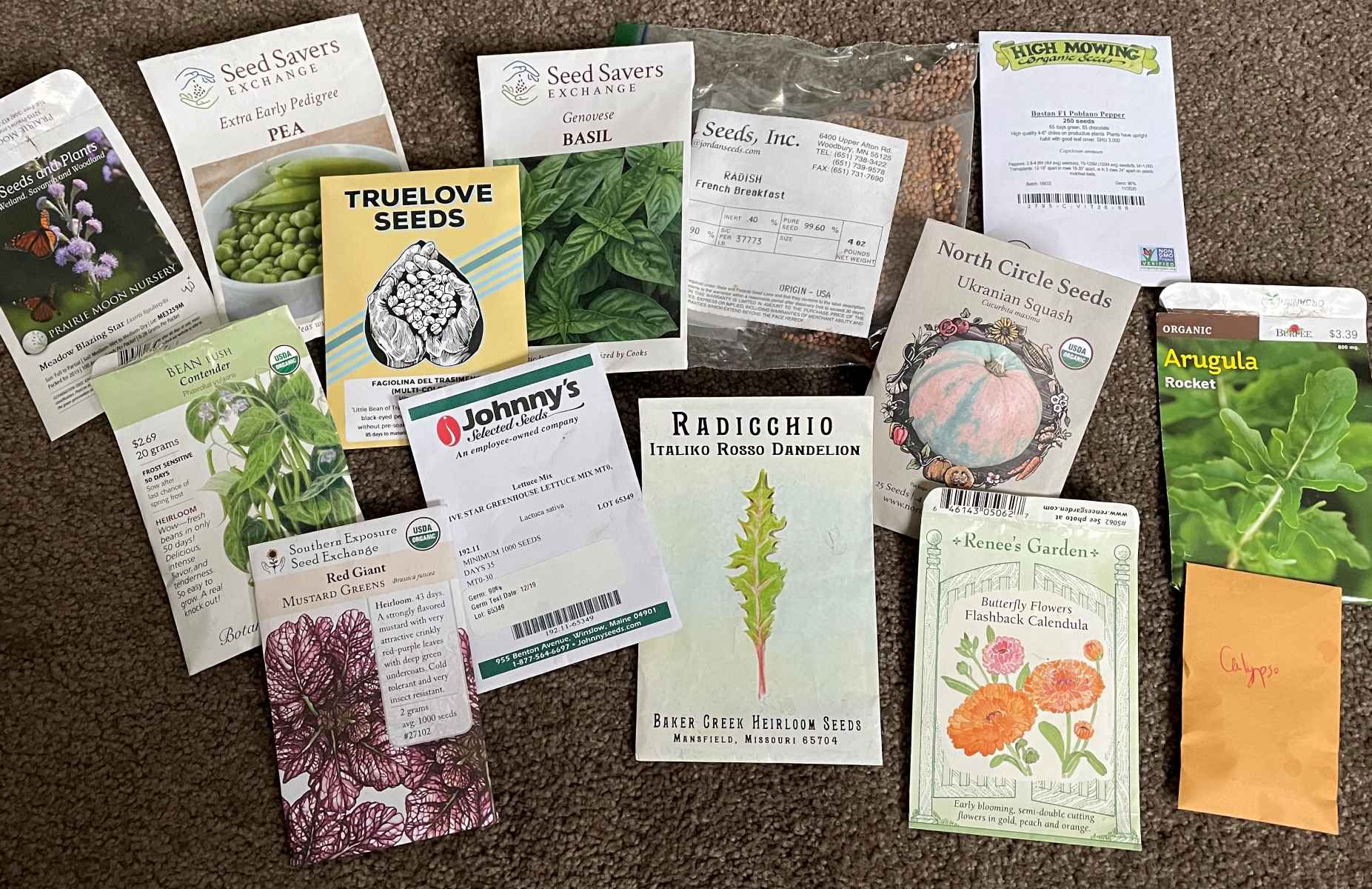

0 thoughts on “How Many Seeds In A Watermelon”